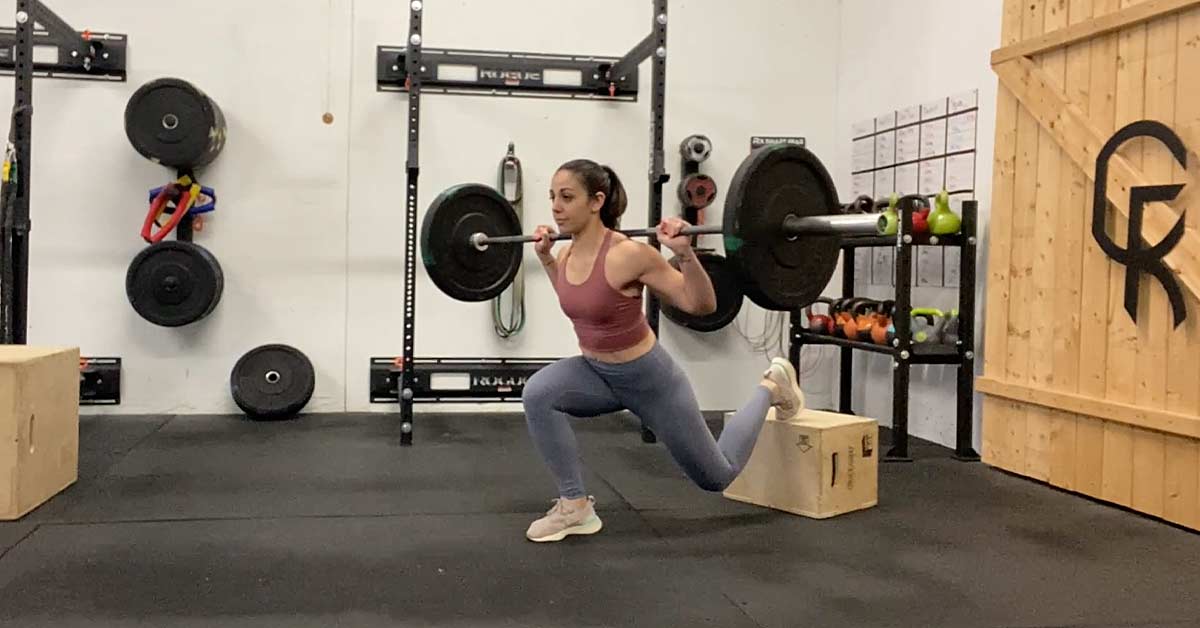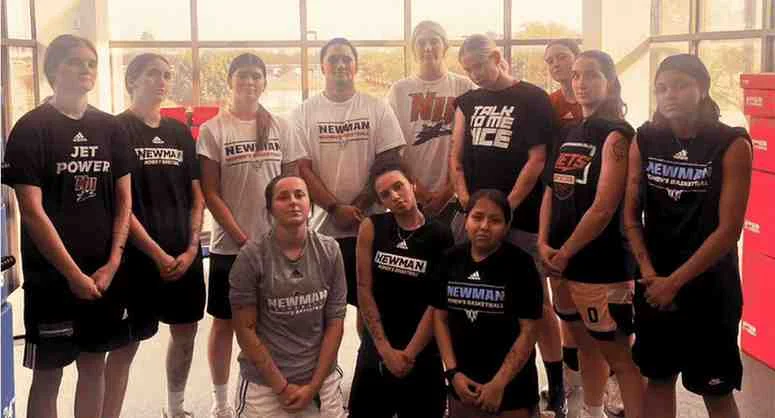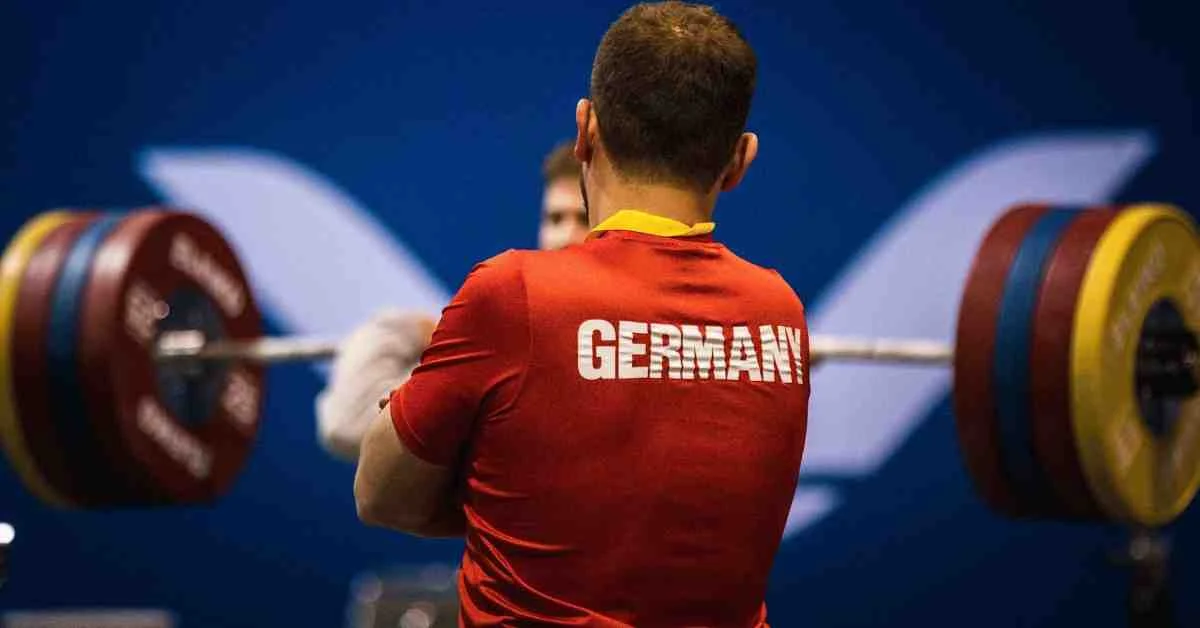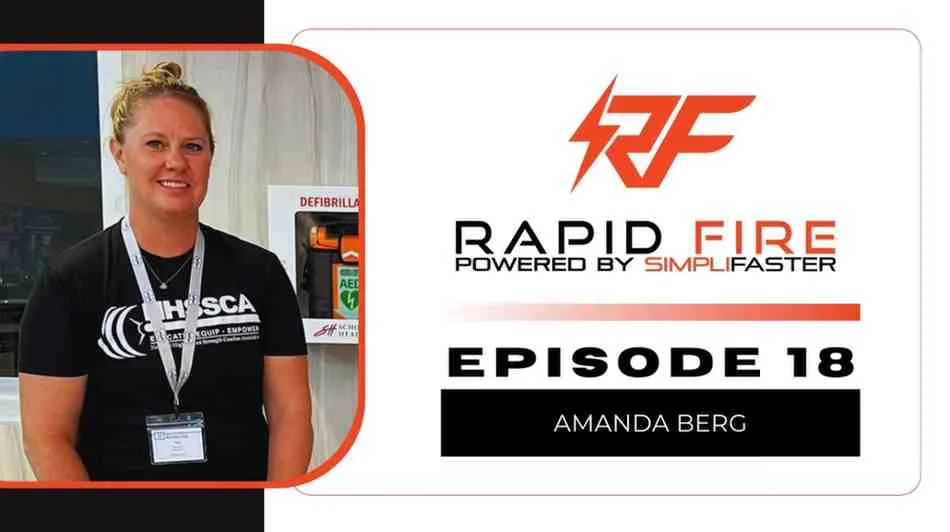Time is finite. If you want to add an exercise to your workout or training program, you probably need to subtract an exercise. This is particularly true in the private sector, where time is literally money.
The same is true in the team setting. You can’t continue to add exercises without having to subtract exercises. We generally like 6-7 strength and/or power exercises a day, not including some core fillers.
So, as we sought to add some exercises, others needed to be taken away.
What We Subtracted?
This year, we removed the rear foot elevated split squat from the vast majority of our programs. I know this will come as a shock to some, because people perceive the rear foot elevated split squat to be a “Boyle lift.” Let’s face it, it’s on the cover of my book. The reality is much different. At Mike Boyle Strength and Conditioning, we are married to three things:
- We want our athletes to get better!
- Injury prevention. We want our athletes to train in the safest way that makes sense for them.
- Best practices. At MBSC, we always want to do what we think is the best exercise to get the result we desire. Your opinion of best practices may differ from ours, but we are always doing what we think is in the best interest of our athletes.
So, why did we take out an exercise that had once been a staple of our programs?
- In short, most of our elite athletes had begun to “game the system.” The rear foot elevated split squat had progressed from an exercise that focused primarily on the front leg to almost a two-leg exercise. When we teach the rear foot elevated split squat, we teach that the emphasis is on the front leg and the back leg is simply a stabilizer. However, as our athletes chased progress, they became more and more dependent on pushing down with the back leg for assistance. Sets became long grinds with very heavy loads—not really what we were looking for.
- Alex Natera’s research. I have documented and discussed Alex’s research in detail over the past year, but in brief, Alex established that “pure unilateral” exercises resulted in superior loading. To simplify, Natera’s force plate data showed that a true one-leg squat was equal to a bilateral squat done with body weight.
- Natera’s continuum was simple. Back squats were a simple 50/50 proposition. Half the weight was on each leg. Normal split squats were 65% front leg and 35% back leg, while rear foot elevated split squats were 78% front and 22% back. The key was that one-leg squats were obviously 100% on the working leg.
Video 1. Rear foot elevated split squat.
What We Added
We didn’t really add one-leg squats, we had always done them. What we did was really emphasize one-leg squats and skater squats/deadlifts while tracking and pushing the loads on both lifts.
The Natera research was a true game-changer for us as we were suddenly able to quantify what we were doing from a unilateral standpoint. In the early days, we were really proud that our athletes could do a one-leg squat. Later, we came to realize that our stronger athletes were using far more than body weight. However, Natera gave us numbers to chase and more importantly, a safe way to chase them.
In the early days, we were proud that our athletes could do a one-leg squat. Later, we came to realize that our stronger athletes were using far more than body weight, says @mboyle1959. Share on XThe big bonus is that heavily loaded, pure unilateral movements like one-leg squats, skater squats/deadlifts, and one-leg straight leg deadlifts are nearly risk-free.
The Natera research showed that:
- A bodyweight one-leg squat was equivalent to a two-leg squat done with an external load equal to body weight. Stay with me. This means that an athlete who can do a parallel one-leg squat is handling the same weight (per leg) as an athlete who is doing bilateral squats with a bar loaded to their body weight. Yes, a 200-pound athlete doing a bodyweight one-leg squat is handling the same relative load as a 200-pound athlete squatting with a bar loaded to 200 pounds in the back squat position. Just in case you want to argue, this is not my opinion but force plate data that can quickly be backed up mathematically.
- More importantly, the data also showed that a one-leg squat done with an external load equivalent to 50% of body weight (a 200-pound athlete with 100 pounds of external load) was equivalent to a double bodyweight back squat. Since the double bodyweight back squat has often been proposed as something of a strength and power gold standard, we began to chase the half-bodyweight load, and this summer many of our elite males were able to handle these loads.
Note: There is some disagreement with Alex’s research as it relates to loading. Alex’s data showed that weight held with outstretched arms in effect “doesn’t count.” Our empirical observation doesn’t back that up, and I’d be interested to see more studies on that particular point. In any case, as we chased the heavier loads, the idea of dumbbells as counterbalance fell to the wayside a bit. To get the loads we needed, we used a combination of either heavy chains (up to 30 pounds and encased in a piece of fire hose to increase comfort) or sand collars and combined them with sandbags.
We have chains that weigh 15, 20, and 30 pounds and sand collars that weigh 40. We also have sandbags from 10-70 pounds. The result was that we could cobble together loads up to 110 pounds (40-pound sand collar and 70-pound sandbag in a Zercher position).
The reason I’m sharing this is to emphasize a point that I make frequently on social media and in presentations: Training is not about what I like. Instead, training is about best practices. If I can find better, safer ways to load my athletes, I will use them. The real key to successful coaching lies in the continued ability to examine and adapt your program. I’ve often said: “If you are doing the same program you did 10 years ago, then your program was either really good 10 years ago or is not very good now.”
The real key to successful coaching lies in the continued ability to examine and adapt your program, says @mboyle1959. Share on XWe should strive for constant improvement in our programs and for our athletes. Generally, this may mean some alteration in what we perceive as best practice.





